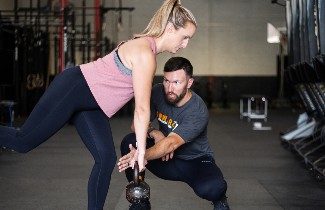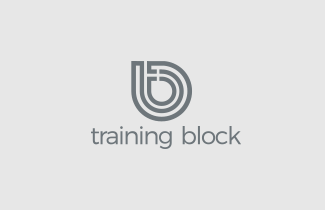





Dr. Brady Sandercock is a physical therapist that has practiced on the Main Line since graduating with his Doctorate in Physical Therapy from DeSales University in 2017. Prior to attending PT school, he attended the Bloomsburg University of Pennsylvania where he graduated with his Bachelor’s degree in Exercise Science.
As a former collegiate football and baseball athlete, he loves treating the active population whether it is collegiate athletes, CrossFit athletes, runners, or the weekend warrior. He is known for his expertise in Dry Needling, joint manipulations, soft tissue muscle therapy, and combining it with evidence-based strength training to get his clients better faster.
Outside of the clinic, you can find Brady spending time with his wife, training CrossFit, trail running, or fly fishing in the Catskills.
Physical Therapy to identify true cause of running related injury and to help speed up recovery process.
Cupping/Myofascial Decompression is used for injury management, improving range of motion/flexibility, and recovery.
Spinal Manipulation for runners is generally performed when spine pain is present and or for recovery purposes.
Running Analysis performed on treadmill to help a runner maximize running performance and to address biomechanical faults
Dry Needling is used to speed up rehab for running overuse injuries/tendinopathies and for recovery post long runs

Do you want to run faster? Do you want to be able to run longer withou...Read More
Do you want to run faster? Do you want to be able to run longer without running out of breath? If so, then it’s time that you take a look at your running form. While there are many factors that contribute to running performance, such as the terrain and climate conditions, one key factor is how effectively athletes use their bodies when they’re running. In this article, we will go five reasons runners should take the time to analyze their running form.
1. It will help you identify any flaws in your form
Running is an activity that puts a lot of stress on your body. In fact, running can lead to injuries if you don’t have the right form and are placing too much pressure on certain parts of your body. An analysis will help identify any flaws in your form so that you know where to pay attention next time you go for a run.
Below is a great example of a flaw we commonly catch during run form assessments. This athlete is overstriding, meaning her foot is landing too far in front of her body. This not only slows your speed down, but also places extra stress on structures such as the knee. This athlete was dealing with anterior compartment syndrome during her runs.
2. You’ll be able to correct those flaws and improve your running efficiency
Once you know the flaws in your form, you can gameplan the specific strength & mobility exercises you need to perform to run with better form.
This athlete was dealing with hip and knee pain during his long runs. In his running form assessment we found a significant hip drop indicating that his lateral hip muscles (gluteus medius) were weak. Based on that we built a custom strength program to help get rid of his pain and improve his running performance overall.
3. A more efficient stride will make you less prone to injury
While running is one of the best forms of exercise you can do, runners often see frequent injuries. By analyzing your running form, you might identify a flaw that’s opening the door for an injury to creep in. Addressing form issues is important to do after an injury, but if we can get ahead of injuries, you can stay on the road pushing your performance to the next level.
4. Your body will work better, which can lead to faster times
A running stride isn’t complicated, but it’s important to make sure you’re striking the ground properly and using your body correctly. If there are any flaws in how you run, they can lead to pain or even prevent muscles from working efficiently… which means slower times!

0

0

0
you must login
Dr. Brady Sandercock is a physical therapist that has practiced on the Main Line since graduating with his Doctorate in Physical Therapy from DeSales University in 2017. Prior to attending PT school, he attended the Bloomsburg University of Pennsylvania where he graduated with his Bachelor’s degree in Exercise Science.
As a former collegiate football and baseball athlete, he loves treating the active population whether it is collegiate athletes, CrossFit athletes, runners, or the weekend warrior. He is known for his expertise in Dry Needling, joint manipulations, soft tissue muscle therapy, and combining it with evidence-based strength training to get his clients better faster.
Outside of the clinic, you can find Brady spending time with his wife, training CrossFit, trail running, or fly fishing in the Catskills.
Training Block was created with a mission to support and empower runners, in order to elevate our sport. We do so by giving runners access to a network of local sport performance providers, who provide runners with the care they need from coaching, physical therapy, massage, strength training, and more. We also give providers an easy way to connect with each other and share articles, videos, and other resources that benefit runners and providers alike. For every service booked through Training Block, we donate 10% of our revenues to Training Block’s Elite Athlete Fund, which sponsors elite runners who do not have professional contracts and need financial support for racing at their highest level.
Copyright © 2024 Training Block. All rights reserved.
Refer a friend and get $5 discount on order!
